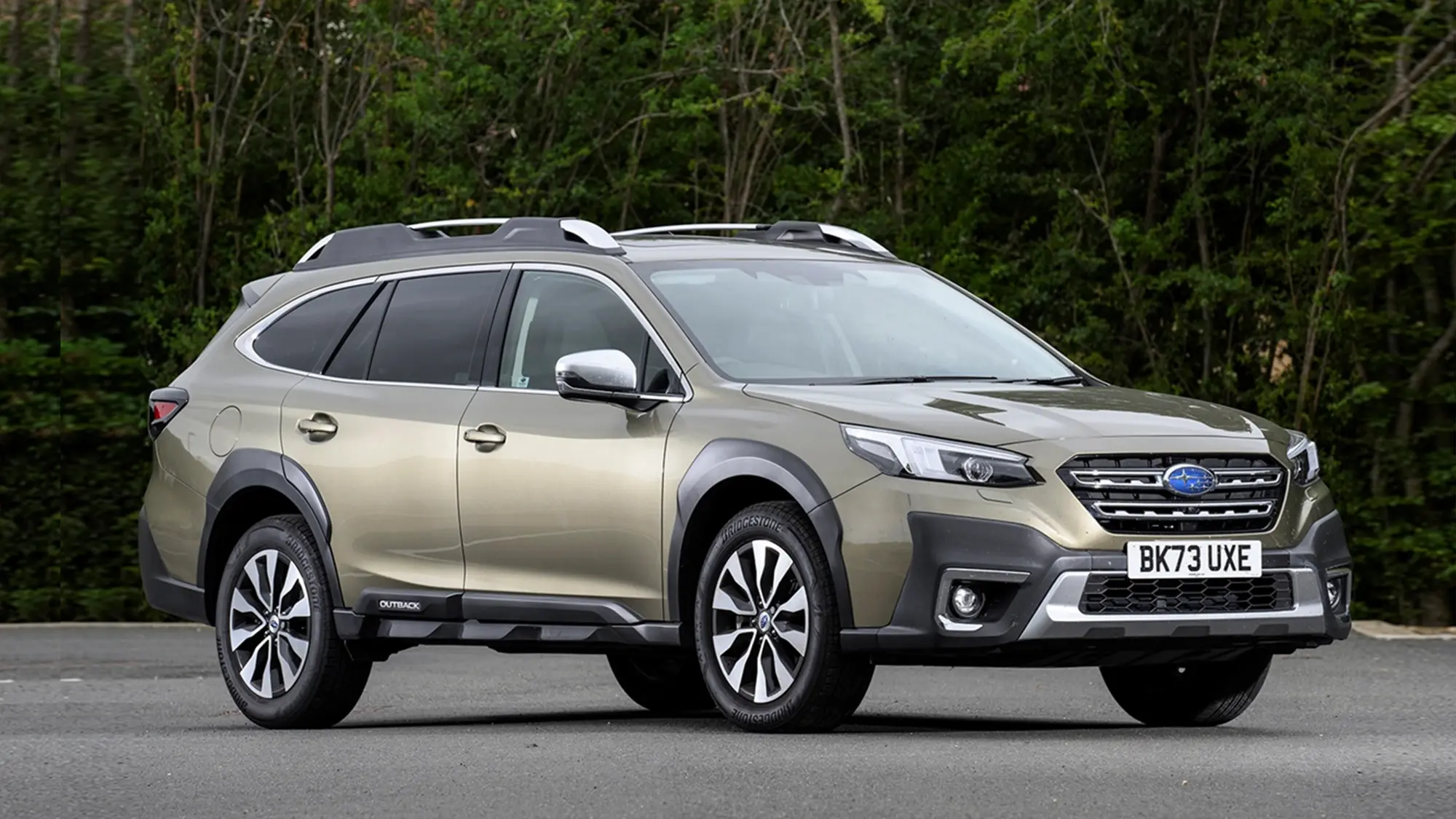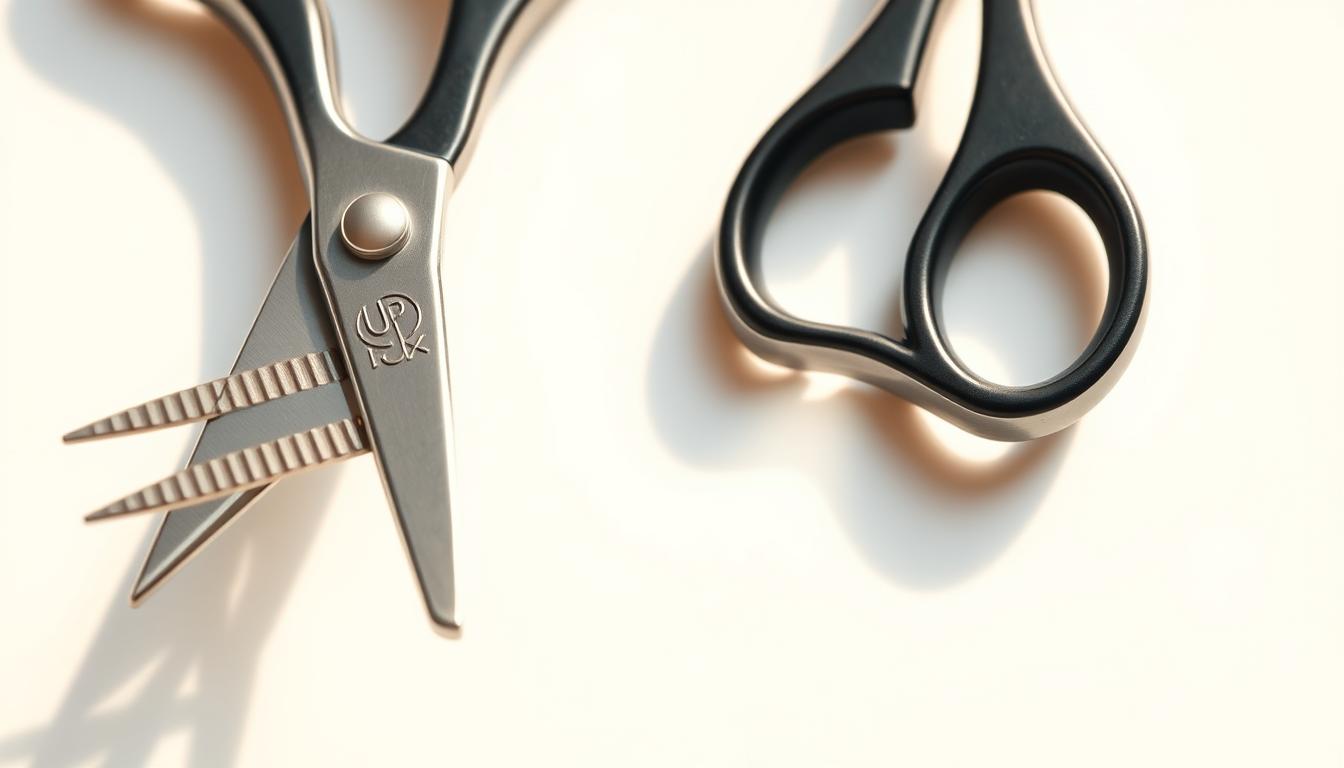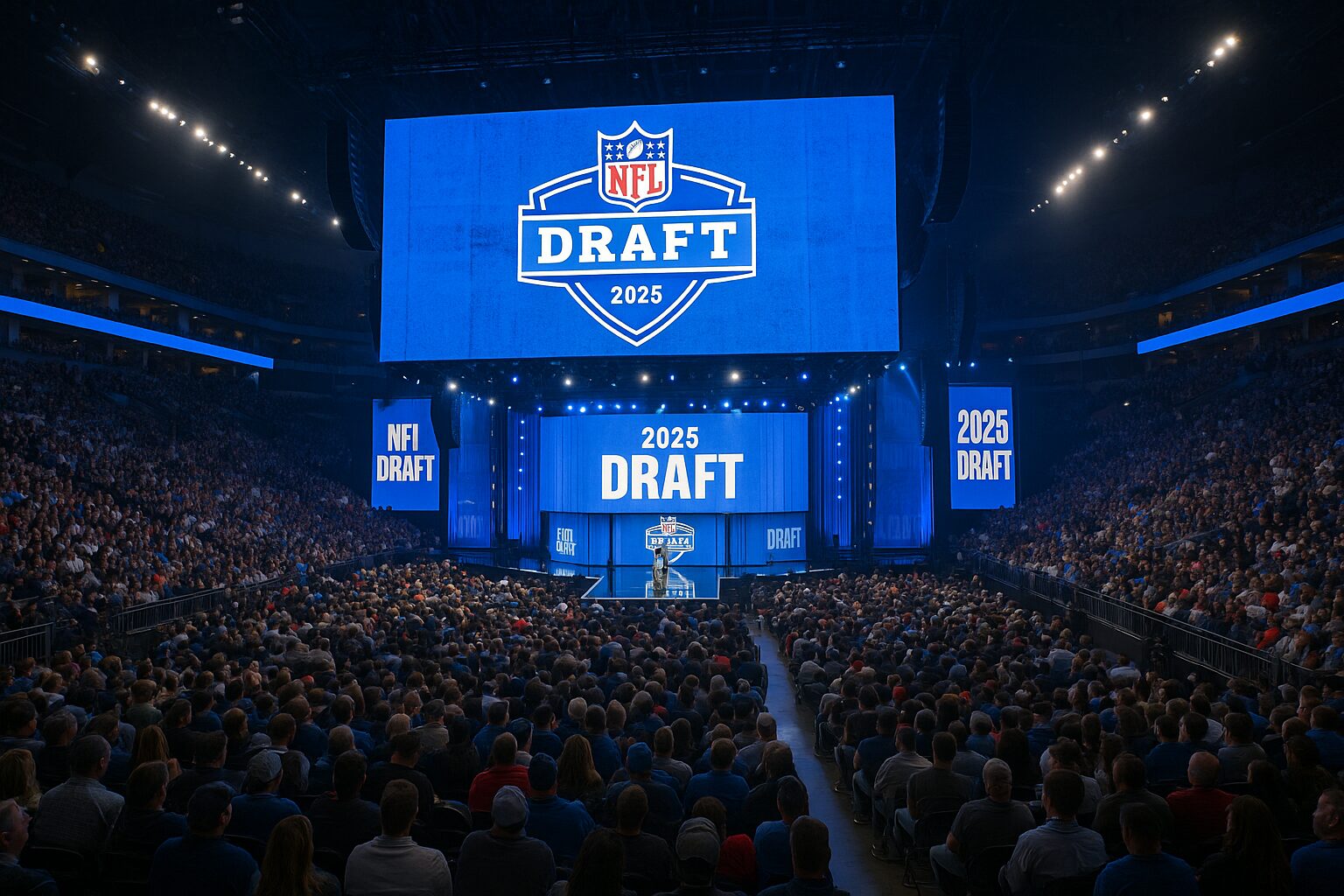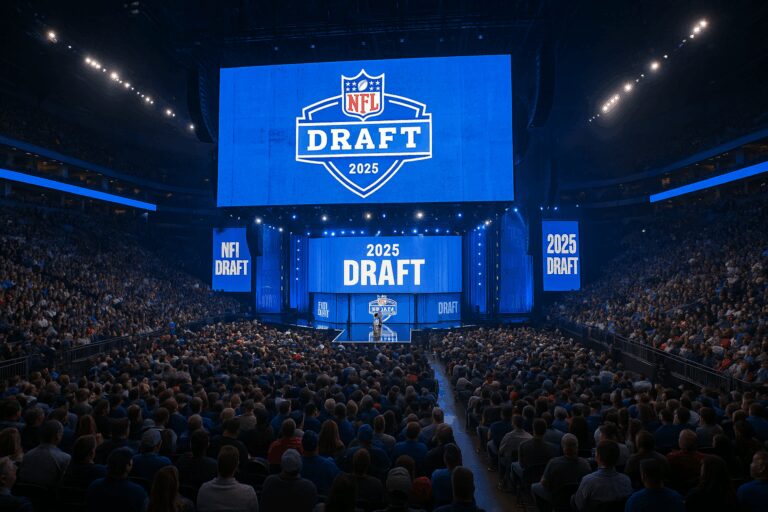The Subaru Outback has established itself as a popular choice among drivers seeking versatility and reliability. This article explores the best and worst model years of the Outback, drawing on a comprehensive analysis that includes owner experiences and industry ratings. By examining historical trends, technological advancements, and design changes, readers will gain insight into how these factors influence performance and overall owner satisfaction.
As Subaru continues to evolve the Outback, it becomes essential to identify which generations and specific model years stand out as exemplary or problematic. The following sections aim to clarify the Subaru Outback’s performance history, helping potential buyers and enthusiasts make informed decisions about this well-known vehicle.
Key Takeaways
- The analysis reveals the standout and problematic years of the Subaru Outback.
- Technological advancements play a crucial role in shaping the Outback’s performance.
- Owner experiences and industry ratings are vital for evaluating model reliability.
Subaru Outback Generations
The Subaru Outback has evolved significantly since 2000, blending sedan comfort with SUV capabilities. Each generation introduced notable enhancements, reflecting Subaru’s commitment to innovation.
| Generation | Years |
|---|---|
| 2nd generation (BH) | 2000-2004 |
| 3rd generation (BP) | 2005-2009 |
| 4th generation (BR) | 2010-2014 |
| 5th generation (BS) | 2015-2019 |
| 6th generation (BT) | 2020-2024 |
Understanding these generations provides valuable insight into the changes that shaped the Outback, guiding potential buyers in their decision-making process.
Subaru Outback Best, Neutral, and Worst Years
In assessing the Subaru Outback, a comprehensive analysis of various factors reveals its varying performance across different model years. The evaluation considers aspects such as owner-reported reliability, annual maintenance costs, safety ratings, and consumer satisfaction scores.
The following table categorizes Subaru Outback model years into Best, Neutral, and Worst:
| Generation | Best Years | Neutral Years | Worst Years |
|---|---|---|---|
| 2nd generation (BH) | 2001 | 2002 | 2000, 2003, 2004 |
| 3rd generation (BP) | 2007 | 2006 | 2005, 2008, 2009 |
| 4th generation (BR) | 2014 | 2013 | 2010, 2011, 2012 |
| 5th generation (BS) | 2016, 2017 | 2018, 2019 | 2015 |
| 6th generation (BT) | 2022, 2024 | 2023 | 2020, 2021 |
Best Years indicate models that demonstrate strong reliability, low maintenance costs, and high owner satisfaction. In contrast, Worst Years are associated with higher instances of recalls and complaints, often reflecting poorer performance and reliability.
Neutral Years serve as a balanced option for buyers not seeking the highest-performing models but still desiring a reliable vehicle. While these models may not be the most exciting, they are considered dependable overall.
Consider factors such as NHTSA recalls, which can significantly impact a car’s reliability score. Increased recalls often indicate potential issues, negatively affecting rankings.
Best & Worst Years for Subaru Outback 2nd Generation (2000-2004)
The Best Year: 2001
The year 2001 marked a peak for the Subaru Outback’s second generation. Key highlights include:
- Beefed-up engine performance
- Sleek design enhancements
- Upgraded safety features for better protection
- Advanced technology offerings
Some owners did encounter minor issues, such as:
- Fuel leaks during frosty conditions
- Brake responsiveness affected by cold weather
The Neutral Year: 2002
The 2002 Subaru Outback served as a reliable continuation of the previous year’s successes. Features included:
- Retention of 2001’s strong specifications
- Solid reliability and performance
However, the persistent cold-weather fuel leaks remained an issue, indicating room for improvement.
The Worst Years: 2000, 2003, 2004
The 2000 model faced several significant challenges:
- Tire tread separation issues linked to certain tires
- Transmission slips and failures
- Head gasket failures reported by users
For the years 2003 and 2004, the main concerns revolved around safety:
- Reports of potential airbag explosions
- A large recall in 2016 affecting up to 302,127 vehicles
In 2004 specifically, drivers experienced accelerator problems, affecting their driving experience at higher speeds.
Best & Worst Years for Subaru Outback 3rd Generation (2005-2009)
The Best Years: 2007
2007 was a standout year for the Outback with several defining features:
- Symmetrical AWD system for improved traction
- Engine choices of 2.5L flat-4 or 3.0L flat-6
- Advanced safety features including Electronic Brake-force Distribution (EBD) and Brake Assist
- Enhanced infotainment systems for more enjoyable trips
- Premium trim options with luxurious interiors and leather finishes
The Neutral Years: 2006
The 2006 model maintained a steady reputation:
- Airbag issues were mostly resolved
- Introduction of Vehicle Dynamics Control (VDC) for enhanced stability
- Caution is advised for potential gas pedal issues, as there were reports of unplanned acceleration
The Worst Years: 2005, 2008, 2009
The 2005, 2008, and 2009 models faced significant challenges:
- 2005 was marked by:
- Suspension problems leading to instability
- Brake line corrosion affecting braking capabilities
- A major recall in 2014 impacting 2005-2009 models
- 2008-2009 struggled with remaining issues from earlier years, necessitating ongoing recall interventions.
Best & Worst Years for Subaru Outback 4th Generation (2010-2014)
The Best Year: 2014
The 2014 Subaru Outback stood out prominently among its peers. Key features included:
- EyeSight Driver Assist Technology: A high-tech co-pilot enhancing safety.
- Upgraded Infotainment: More intuitive and better connectivity for users.
- Robust Engine Performance: Delivering power as needed.
- Off-road Capability: Ready for adventures beyond paved roads.
Minor drawbacks included some road noise and a divisive interior design.
The Neutral Year: 2013
The 2013 model offered a solid middle ground:
- All-Wheel Drive Standard: Suitable for various terrains.
- Spacious Interior and Cargo: Ideal for travelers.
- Strong Fuel Efficiency: An ongoing hallmark.
- Safety Features: Including stability control and multiple airbags.
Some concerns arose from CVT complaints and occasional dashboard electronic issues.
The Worst Years: 2010, 2011, 2012
The initial models faced notable challenges:
- 2010:
- Airbag inflator issues leading to recalls in 2019 and 2020.
- Reports of unexpected engine stalling, especially at highway speeds.
- 2011-2012:
- Continued engine stalling problems.
- Various CVT issues ranging from noise to potential failures.
The Best & Worst Years for Subaru Outback 5th Generation (2015-2019)
The Best Years: 2016, 2017
The years 2016 and 2017 represented a peak for the Subaru Outback. Key features included:
- EyeSight Driver Assist Technology: Acts as a personal road guardian.
- Infotainment Upgrades: Enhanced system for smoother navigation.
- Fuel-Efficient Engines: Providing reliable performance for longer journeys.
- High Build Quality: Noticed by satisfied owners.
The Neutral Years: 2018, 2019
The years 2018 and 2019 saw continued improvements:
- Improved Noise Insulation: A quieter cabin experience.
- Suspension Enhancements: Better handling and comfort.
Still, potential buyers should be aware of a fuel pump recall—an issue promptly addressed by Subaru.
The Worst Year: 2015
The 2015 model faced notable challenges:
- Steering Column Defects: Highlighted in an NHTSA warning.
- Electrical System Issues: Resulting in mixed user experiences.
A pro tip for interested buyers: Always verify the VIN before purchase.
Best & Worst Years for Subaru Outback 6th Generation (2020-2024)
The Best Years: 2022, 2024
The years 2022 and 2024 stand out for the Subaru Outback due to several advancements:
- EyeSight X Driver Assist Technology: Enhances safety with features akin to having a co-pilot.
- Engine Options: A powerful 2.4-liter turbocharged engine blends power and efficiency.
- Interior Improvements: Upgraded materials and larger touchscreens elevate the driving experience.
The Neutral Year: 2023
The year 2023 maintained a steady performance with:
- Refined Features: Minor tweaks to existing functions for improved usability.
- Adaptive Cruise Control: Enhanced for smoother transitions in traffic situations.
- Infotainment Updates: Software improvements for better connectivity.
The Worst Years: 2020, 2021
The initial years faced notable challenges:
- 2020 Issues:
- Windshield Cracking: Prone to damage, leading to driver concerns.
- Electrical Glitches: Users reported frozen screens and other inconsistencies.
- 2021 Concerns:
- Carried Over Problems: Many issues from 2020 persisted without resolution.
- Safety Tech Overreach: Overly sensitive alerts created frustration for drivers.
Subaru Outback Average Resale Values
The chart illustrates average resale values of the Subaru Outback across various model years. This information highlights depreciation trends and offers insights into long-term value retention.
Conclusion
The Subaru Outback has evolved significantly through its different generations, showcasing both challenges and innovations. Each model year brings unique attributes that resonate with various drivers.
- Key Highlights:
- Dependable performance on rugged terrains
- Advanced safety features
- Increasing technological enhancements
Individual experiences with specific Outback years can greatly influence purchasing decisions. Whether it’s a trusty companion on adventures or a reliable vehicle for daily commutes, sharing these stories can assist others in making informed choices. Contributions in the comments would be valuable for the community.
Frequently Asked Questions
What are the most reliable years for the Subaru Outback according to owner reports?
According to owner reports, the most reliable years for the Subaru Outback are generally considered to be from 1994 to 1999, 2005 to 2009, and 2018. These models tend to have fewer performance issues and better overall satisfaction ratings.
Which Subaru Outback years are considered to have transmission issues?
The model years 2006, 2015, and 2018 are often cited for having significant transmission issues. Owners have reported problems such as slipping gears and unexpected stalling, which can impact the driving experience.
Are there specific Subaru Outback model years that are prone to more problems?
Yes, model years like 2006, 2011, 2015, and 2018 are known for having more frequent problems. Issues range from engine stalling to oil leaks, making these years less desirable for potential buyers.
Which year models of the Subaru Outback receive the highest satisfaction ratings?
Models such as 2021 and 2022 have received high satisfaction ratings from owners. These recent models are praised for their features, reliability, and overall driving experience, which contribute to owner loyalty.
What common issues should potential buyers be aware of for certain Subaru Outback years?
Potential buyers should be aware of issues such as:
- Oil leaks in models from 2006 and 2011.
- Transmission failures in 2015 and 2018.
- Engine stalling in 2013 and 2018 models.
How does the Subaru Outback compare in reliability to other Subaru models in various years?
The Subaru Outback generally ranks well in reliability compared to other Subaru models. It tends to perform better than models like the Subaru Legacy and Subaru Forester in terms of long-term durability and owner satisfaction, particularly in the years listed above as reliable.





















